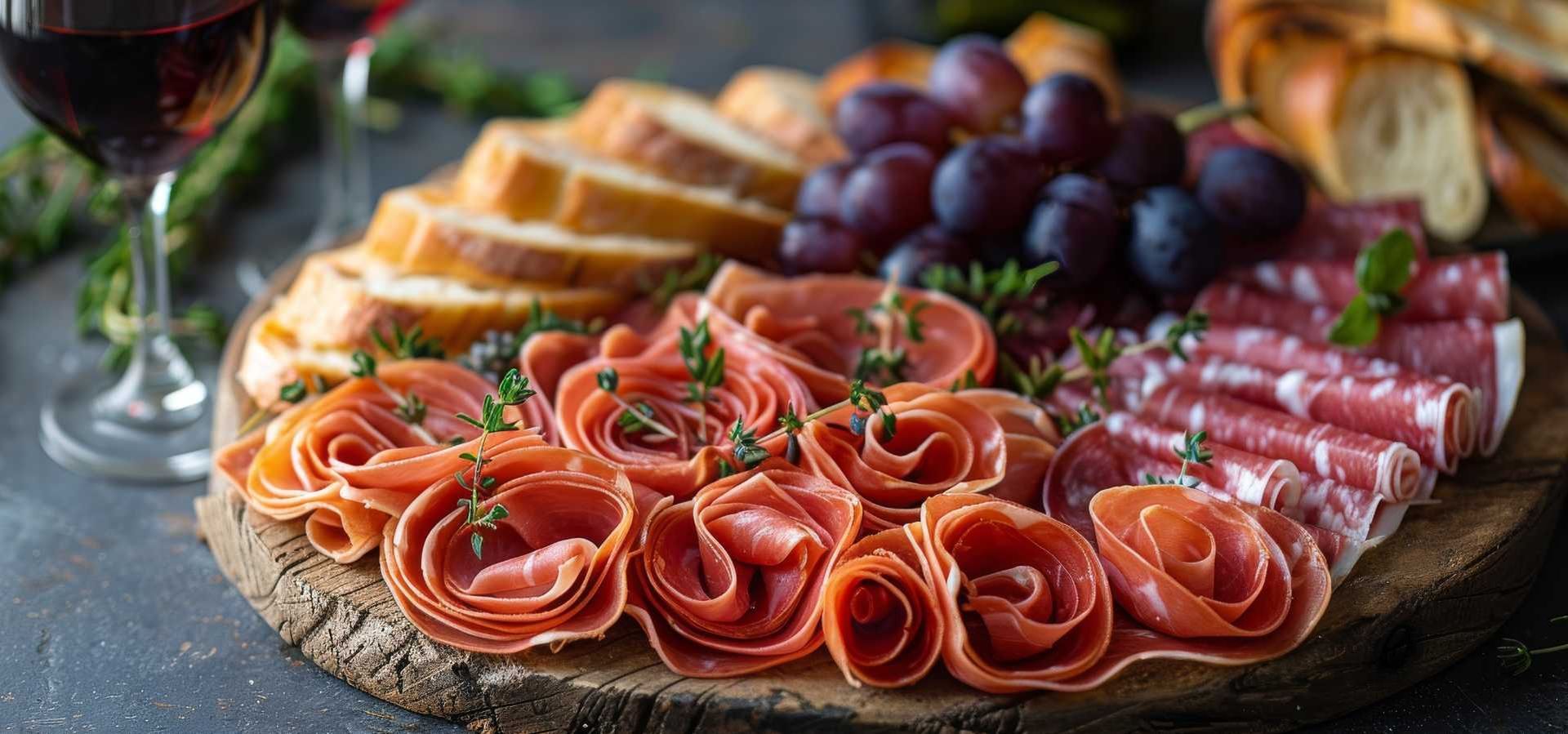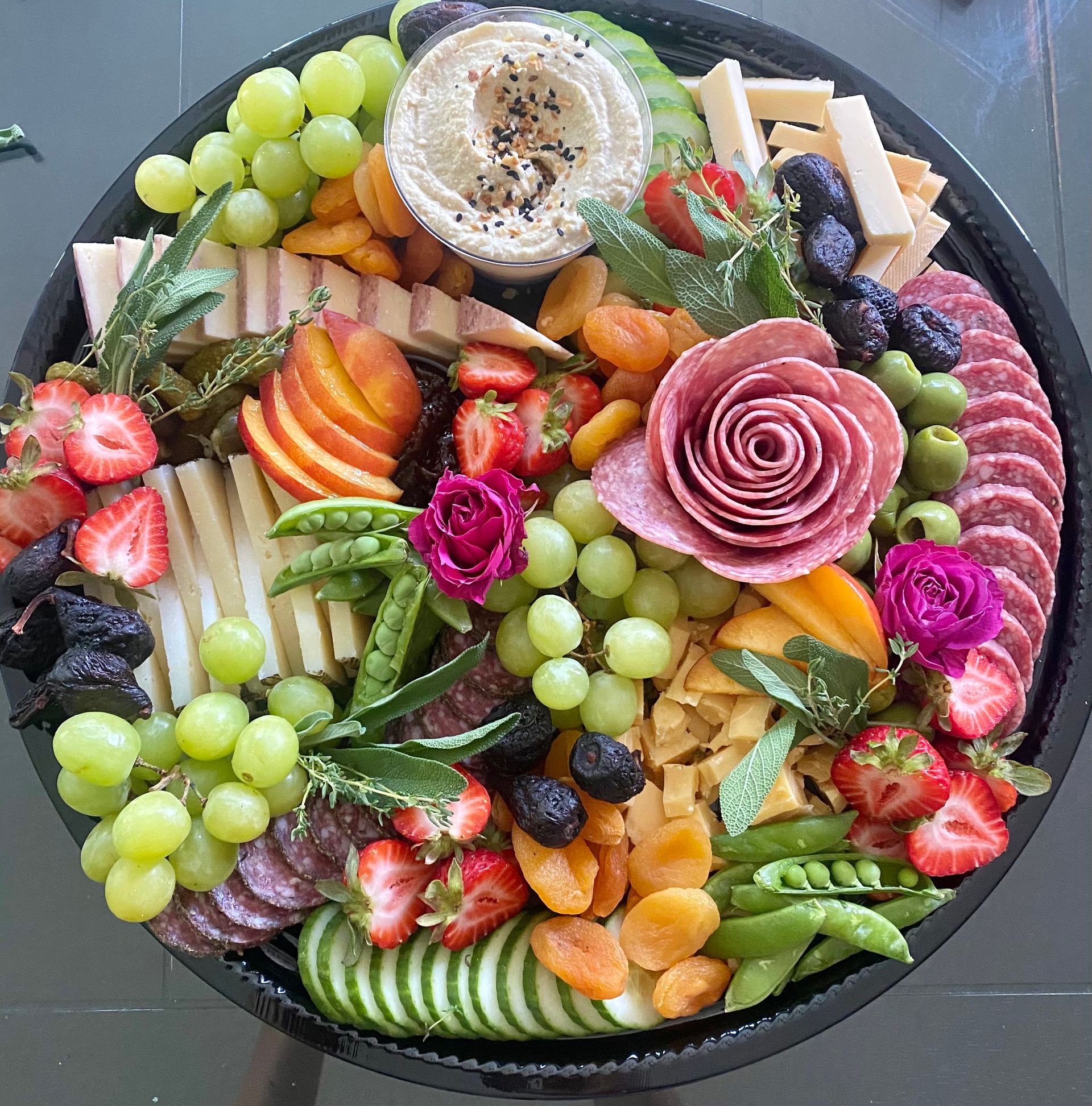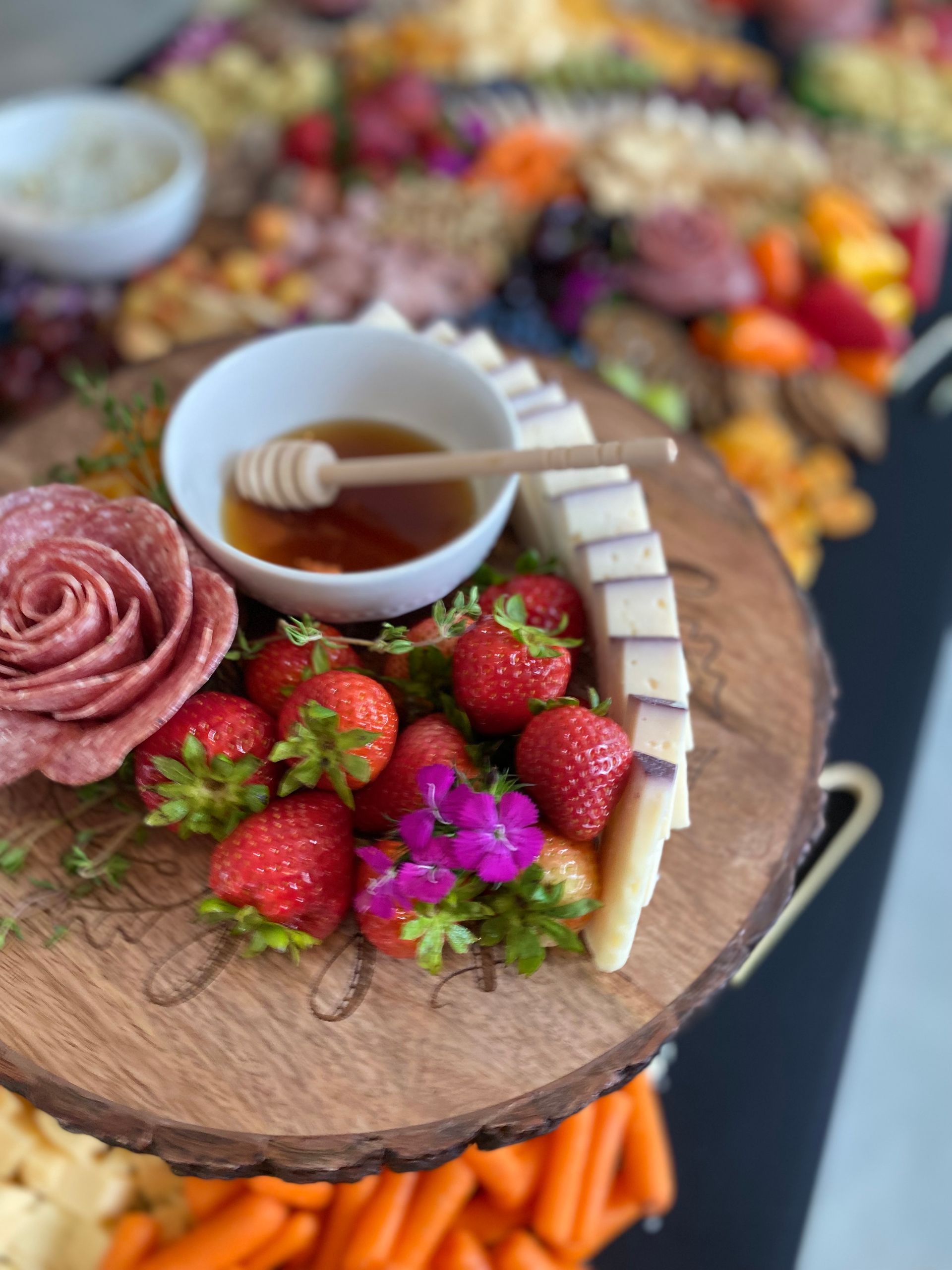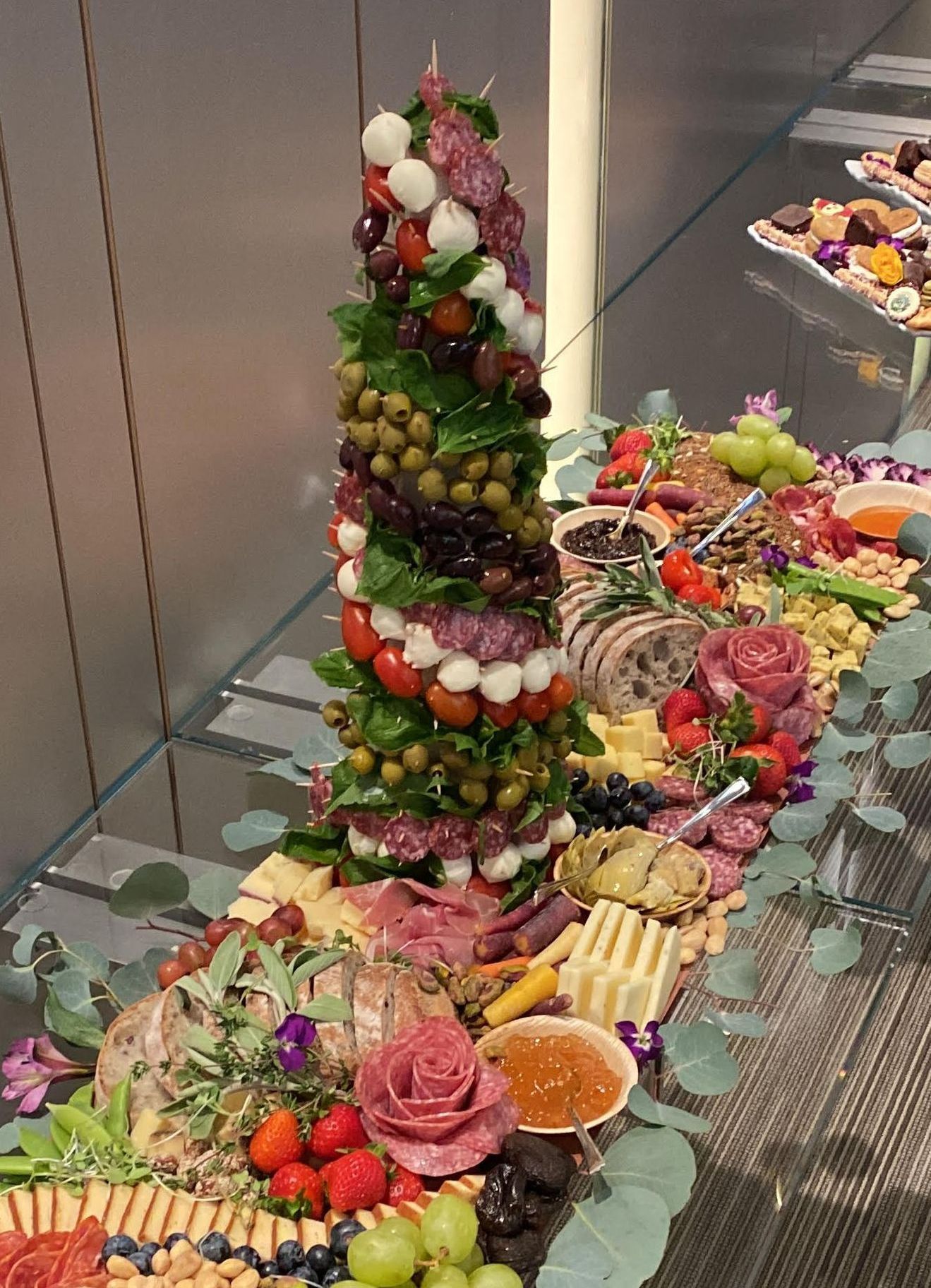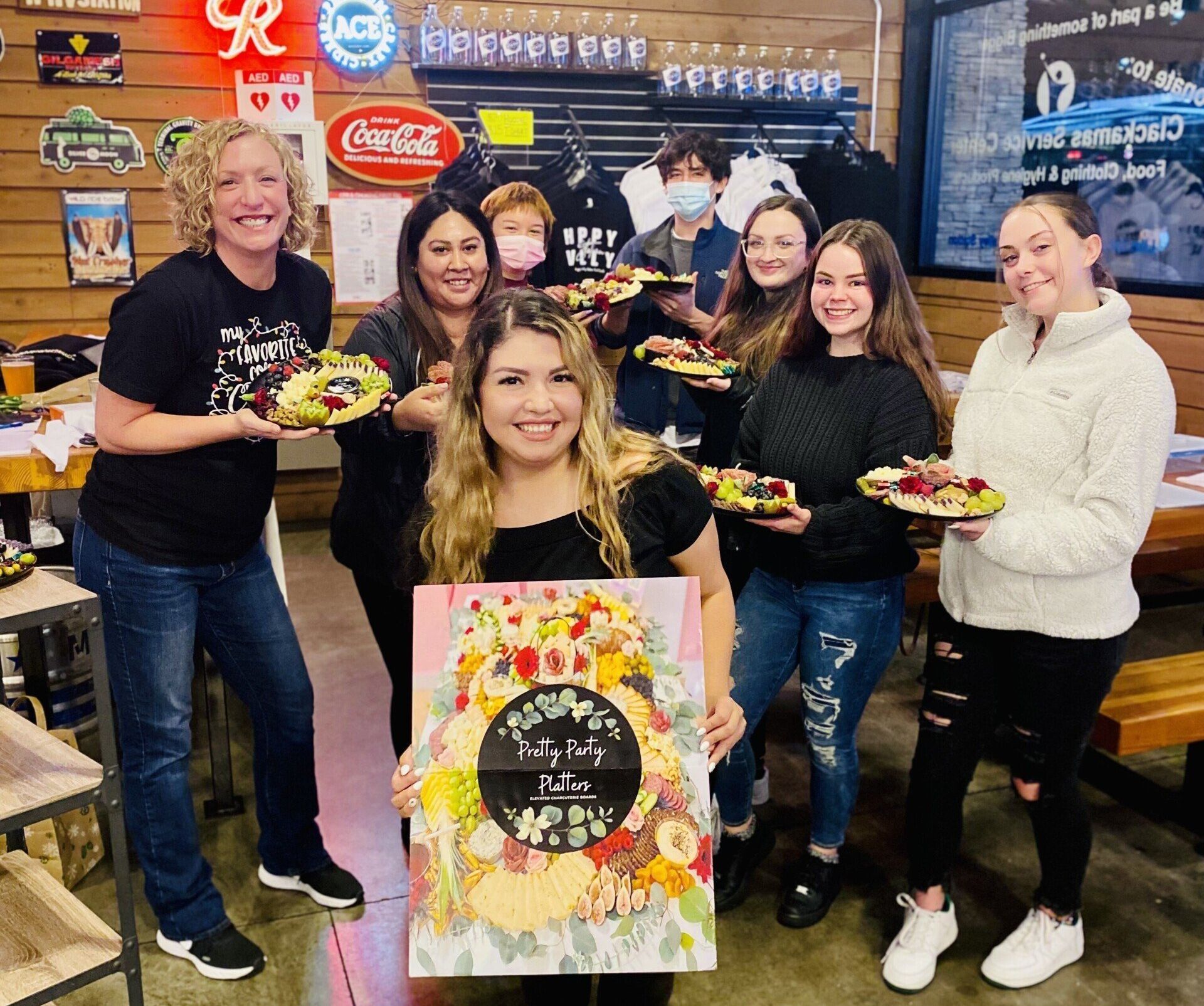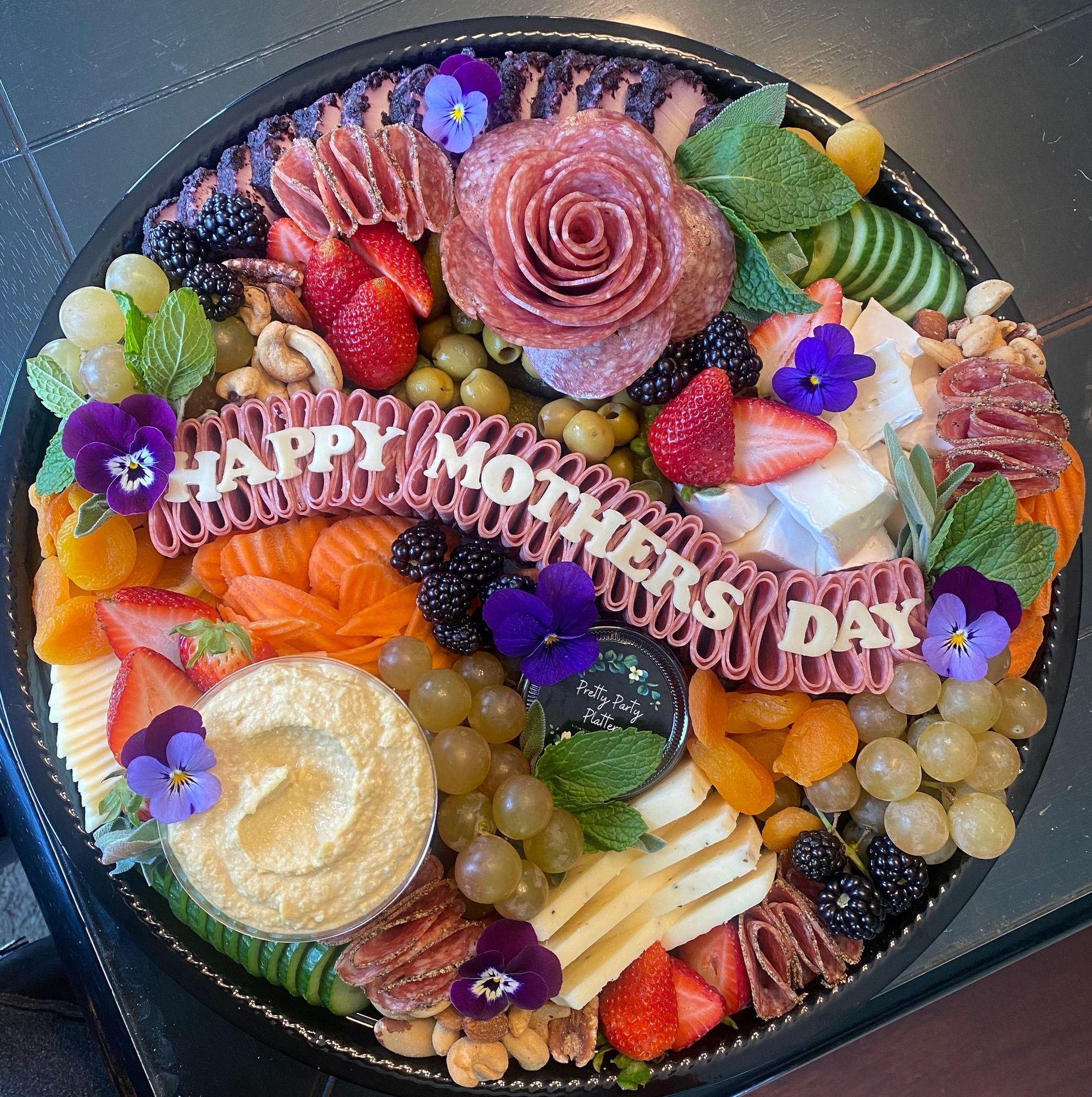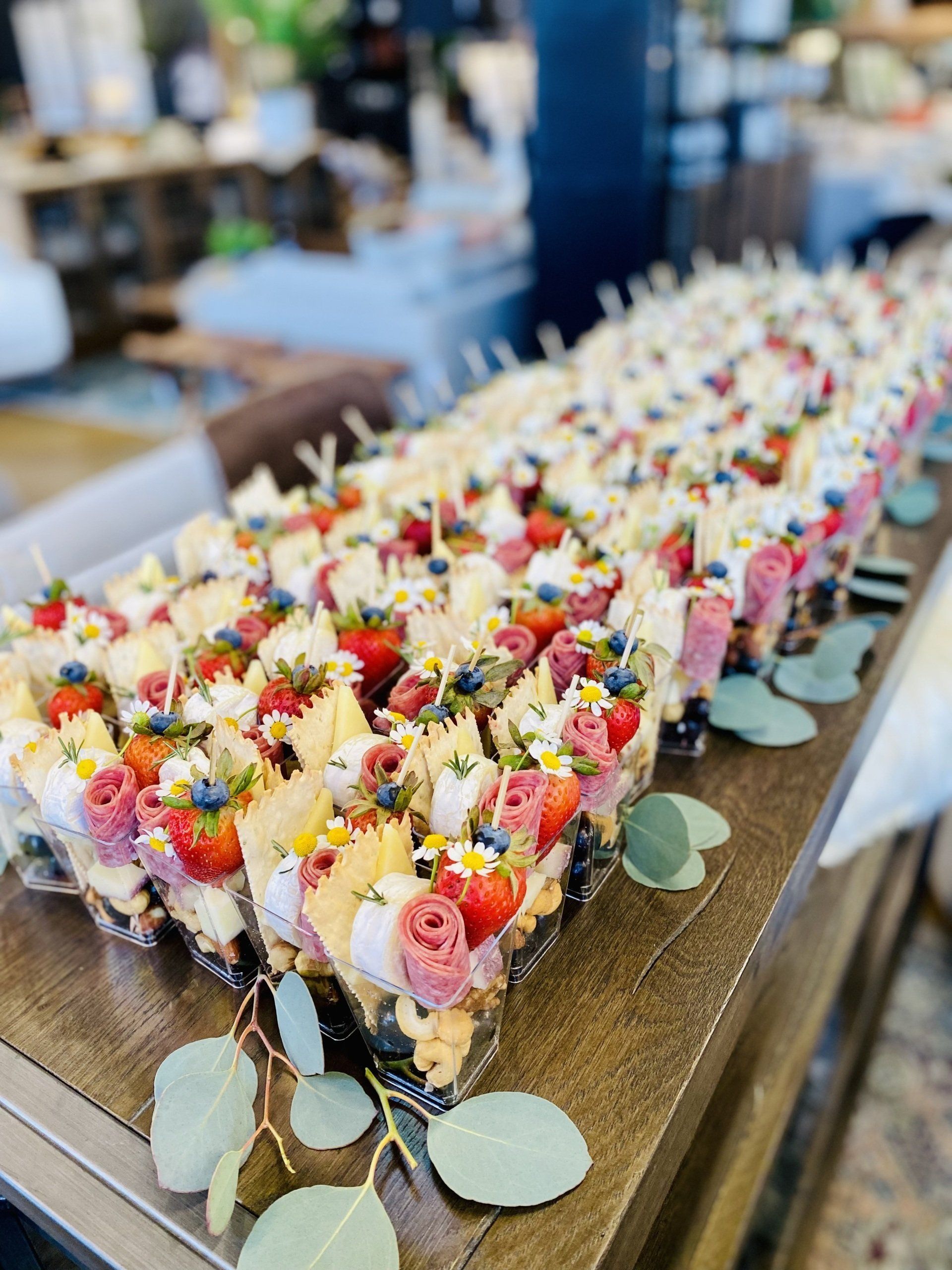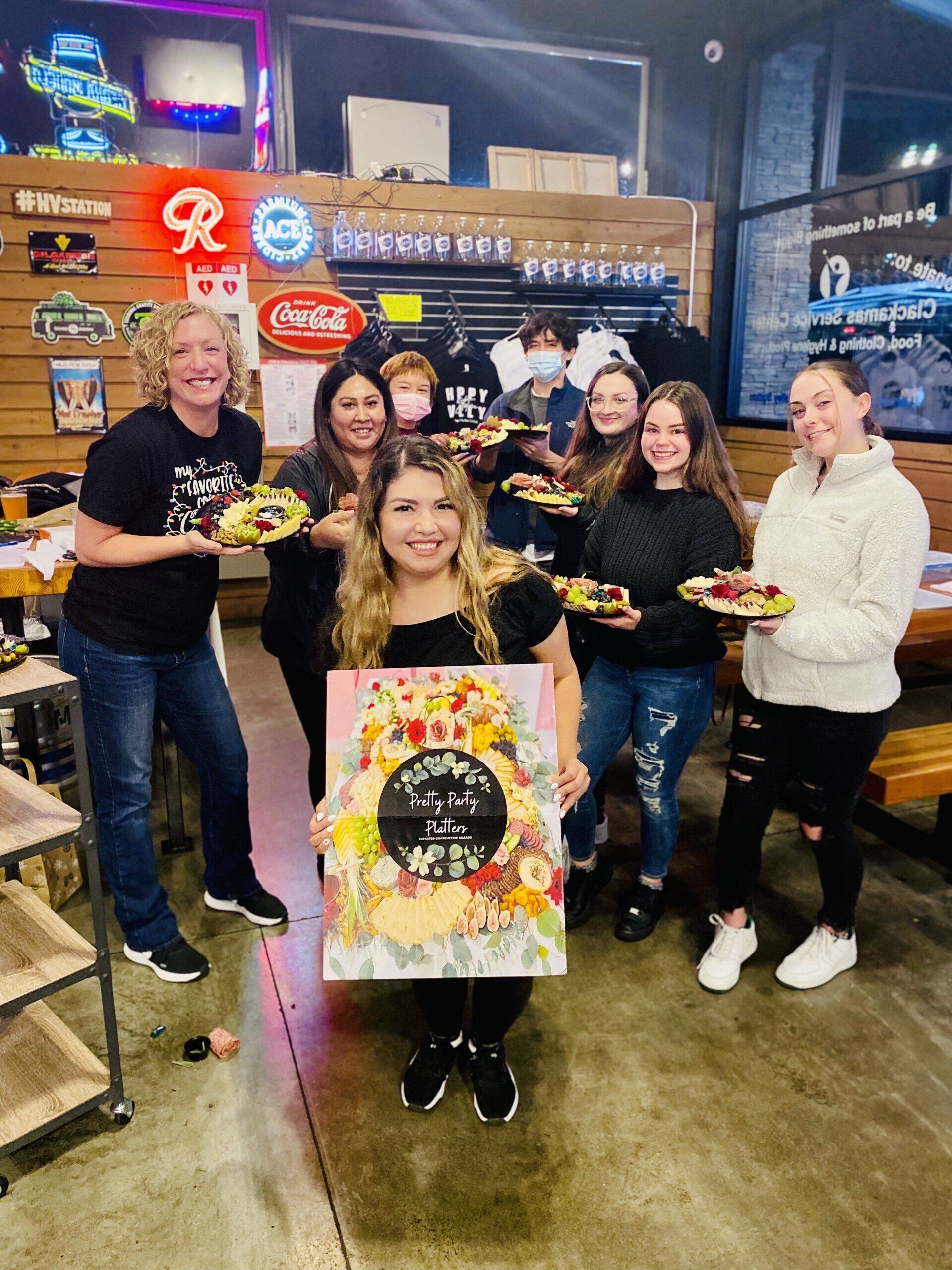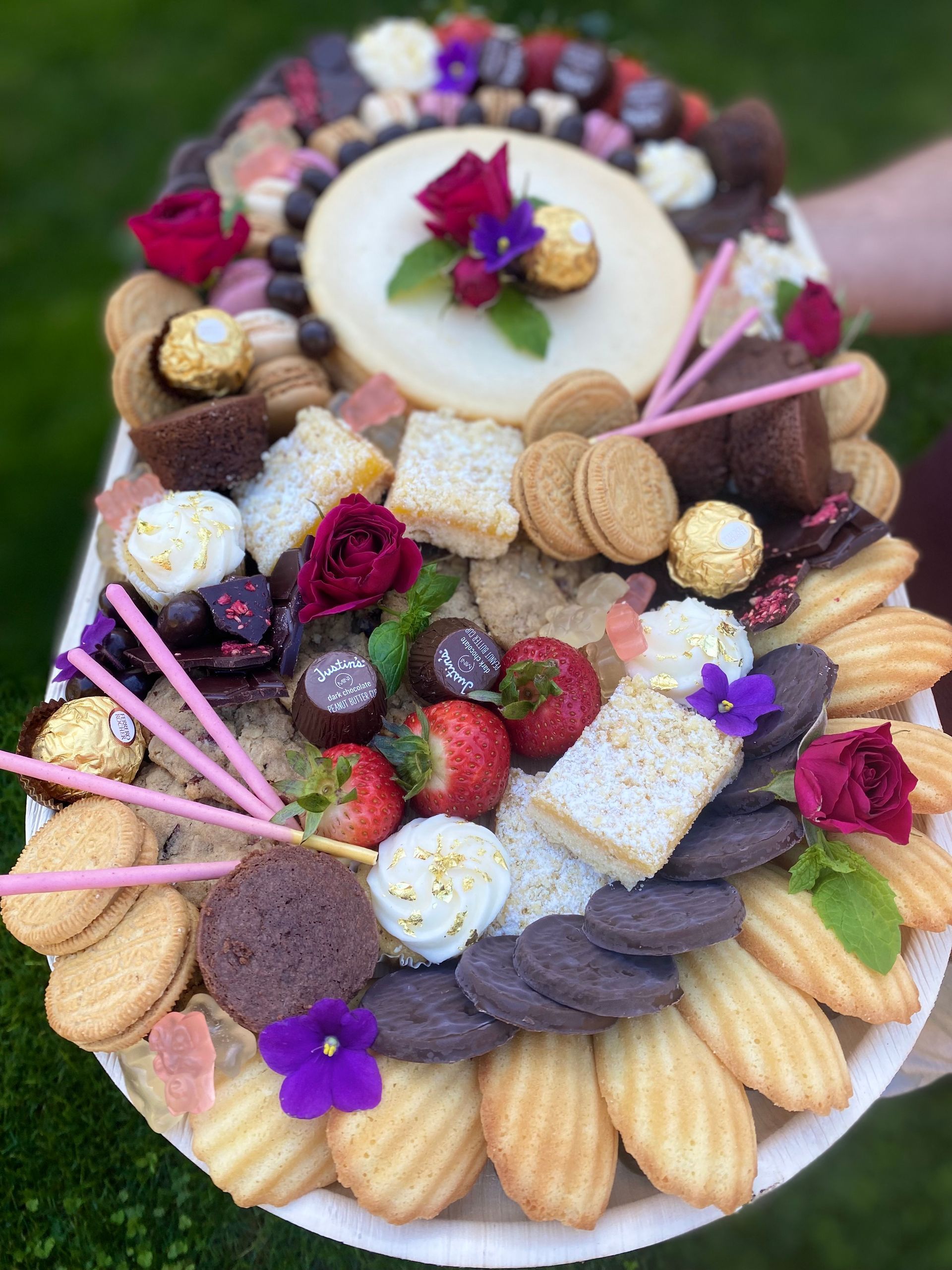Pairing Cheese, Meats, and Fruits Like a Pro
Understanding the Balance of Flavors
When pairing cheese, meats, and fruits, the key is balance. You want to create a harmonious mix of textures, tastes, and contrasts. Here’s what to consider:
- Contrast: Pairing sweet with salty, creamy with crunchy, or mild with bold enhances the experience.
- Complement: Ingredients with similar characteristics (e.g., nutty cheese with earthy meats) create a seamless match.
- Texture: Soft cheese pairs well with crisp fruit, while hard cheese can hold up against chewy dried fruit or charcuterie.
Cheese and Meat Pairing Guide
Certain cheeses and meats naturally complement each other. Here are some classic combinations:
- Brie & Prosciutto: The buttery, creamy Brie pairs beautifully with the delicate saltiness of prosciutto.
- Aged Cheddar & Salami: The sharp, nutty cheddar balances the bold, spiced flavors of salami.
- Gorgonzola & Speck: The tangy, pungent blue cheese contrasts well with the lightly smoked and cured speck.
- Gouda & Chorizo: The caramel-like notes of gouda pair wonderfully with the smoky, spicy profile of chorizo.
- Goat Cheese & Soppressata: The tart and creamy goat cheese is complemented by the fatty richness of soppressata.
Adding Fruit to Elevate the Experience
Fruits bring sweetness, acidity, and freshness, balancing the savory richness of cheese and meats. Here are some excellent fruit pairings:
- Figs & Blue Cheese: The natural sweetness of fresh or dried figs offsets the strong bite of blue cheese.
- Grapes & Brie: Juicy, slightly tart grapes provide a refreshing contrast to Brie’s rich texture.
- Apples & Cheddar: The crispness and subtle tartness of apples enhance the bold, sharp flavors of cheddar.
- Pears & Gouda: The mellow, honeyed sweetness of pears complements Gouda’s nutty taste.
- Berries & Goat Cheese: Strawberries, raspberries, and blackberries bring a bright, tangy contrast to goat cheese.
Tips for Building the Perfect Charcuterie Board
- Vary Textures & Flavors: Include a mix of soft, hard, creamy, and crunchy elements.
- Incorporate Extras: Add nuts, honey, olives, and crackers to diversify textures and flavors.
- Serve at Room Temperature: Cheese and meats taste best when slightly warmed to bring out their flavors.
- Pair with Wine: A well-matched wine can elevate your board try a crisp white with soft cheese or a bold red with aged meats.
- Presentation Matters: Arrange everything in an eye-catching way, layering ingredients for a visually appealing display.
By following these expert pairing tips, you’ll be able to craft a delicious and well-balanced charcuterie board that impresses every time. Experiment with different combinations to find your favorites, and most importantly, enjoy the process of savoring great flavors!
